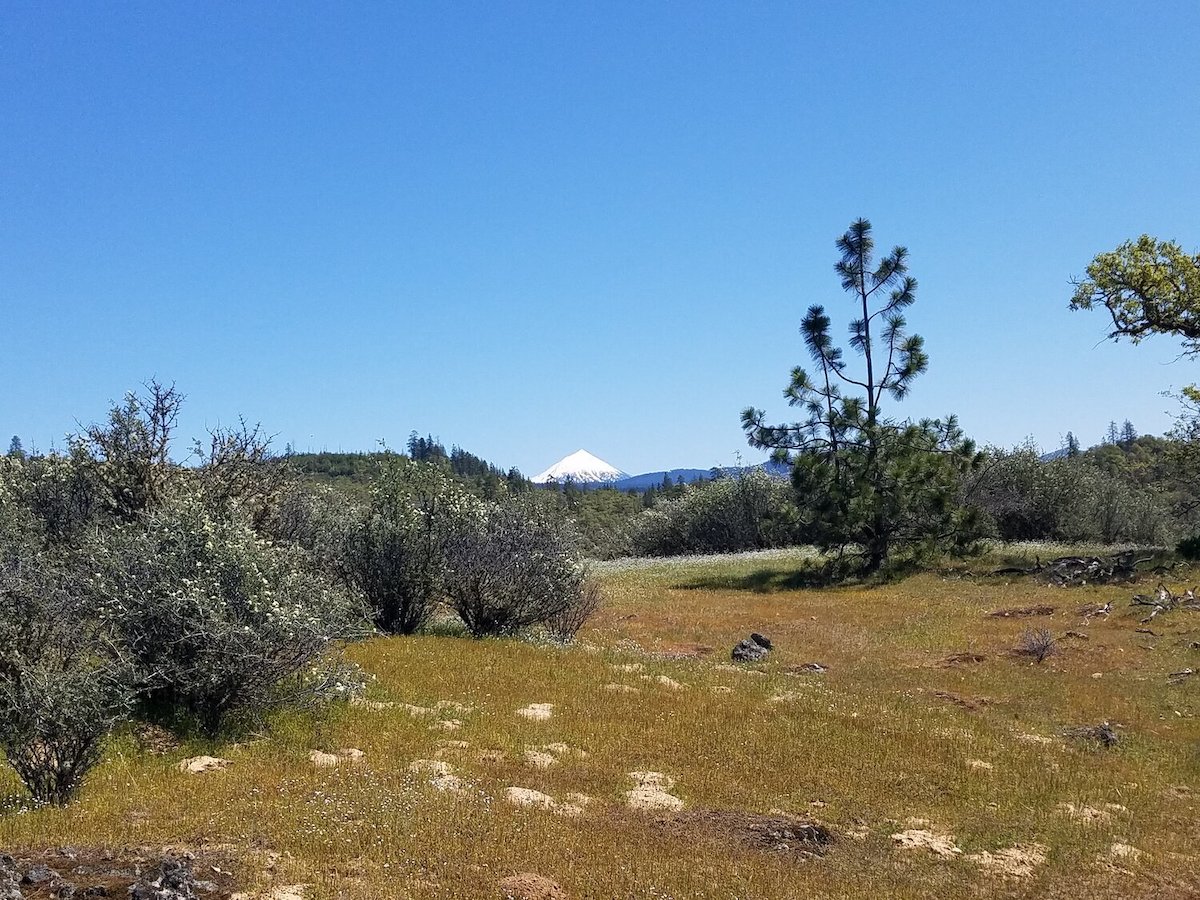Sandy Pearson and the Southern Oregon Land Conservancy (SOLC) recently conserved a property in Oregon that just about has it all. Habitats on the property include buckbrush chapparal, meadows, oak savanna and woodlands, and evergreens as well as aquatic and riparian habitats associated with ponds and streams on the parcel. The numerous habitats harbor an impressive suite of wildlife that will benefit in the long term from the conservation easement placed on the property.
This land is also resilient. In the fall of 2020 it burned in the South Obenchain Fire, one of the massive fires that impacted many communities in southern Oregon and northern California that year. The diversity of habitats present on the property resulted in different fire intensities, and a year later the renewal of vegetation and the return of wildlife is evident across the parcel. Both private and public lands play important roles in the conservation of Pacific Northwest oak and prairie ecosystems that have been significantly altered from a lack of fire for 150 years. These conserved and stewarded lands provide a living laboratory for learning about fire and ecosystem resilience.
Conditions across our region are changing with the warming climate. Conserving intact, functioning landscapes like Kanutchan Creek bolsters future climate resilience. Protecting this area will help us learn how these landscapes and their habitats can recover after they burn.
- Steve Wise, SOLC Executive Director
While fire can be devastating to people, structures, and communities, the ecological renewal visible at Kanutchan Creek provides a glimmer of hope. As SOLC says about the property, “We are reminded of the importance of disturbance and renewal, of which wildfire is a part. The recovery from the wildfire brings to mind the saying: tall oaks from little acorns grow.”

Photo courtesy Southern Oregon Land Conservancy
